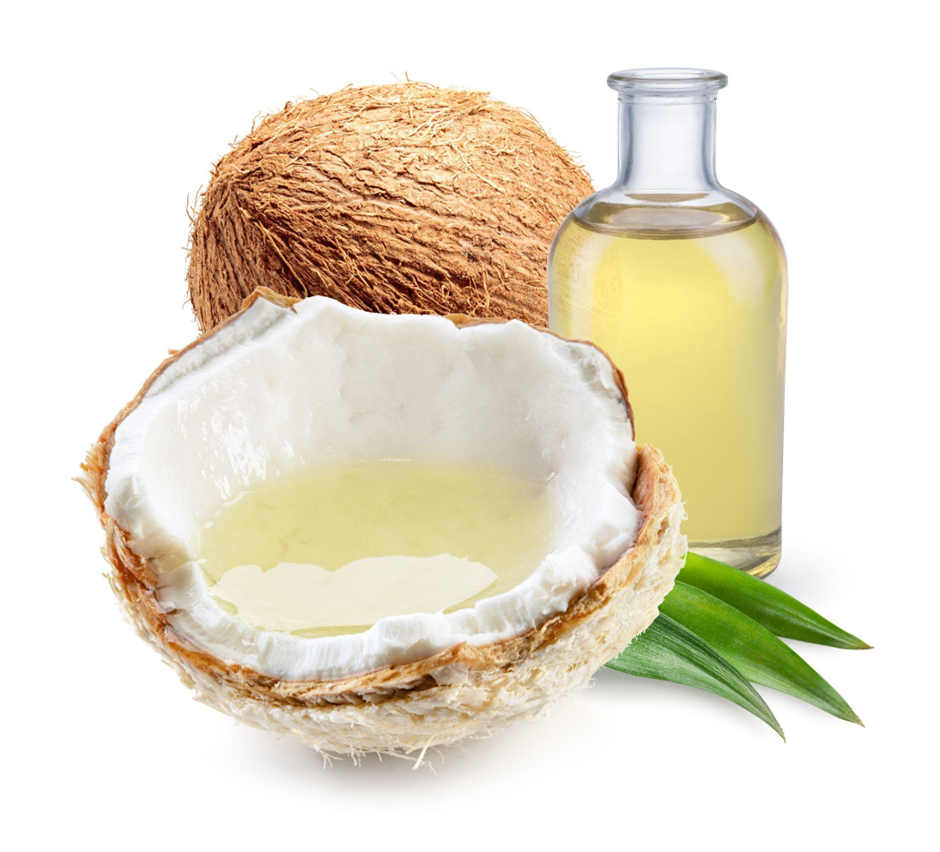Coconut oil is one of the best types of oil out there. It’s great for your hair, skin, teeth, and even some types of infections like yeast infections. Aside from being one of the best oils you can use, it’s also easy to make at home if you have access to the right ingredients.
If you’re interested in making your coconut oil you’re in the right place. Read on to learn how to make coconut oil the right way.
Can You Make Homemade Coconut Oil?
Yes, you can make coconut oil at home. You can source the ingredients yourself and follow a handful of methods that work for different coconut ingredients that you have. For example, if you bring home coconut milk there’s a recipe that teaches you how to strain the milk to make the oil. On the other hand, you can make coconut oil using a whole coconut and a blender.
While you can make homemade coconut oil, that doesn’t always mean you should. In fact, most homemade coconut oil won’t be as potent as high-quality coconut oil. For this reason, you’re better off using coconut essential oils that have the appropriate mixture for skin care, oral health, and hair health.
3 Ways to Make Coconut Oil
Coconut oil isn’t hard to make when you have the right tools and ingredients. Depending on the method you choose you’ll need either a coconut, coconut milk, or dried coconut flakes. Each method is effective and will end up yielding similar results.
Therefore, it comes down to what’s available and what you plan on doing with the oil. Learn about the 3 best ways to make coconut oil below.
How to Make Coconut Oil From Dried Coconut Flakes
Making coconut oil from dried coconut flakes is one of the simplest ways to make the oil. You can find fried flakes at your local supermarket or department store and most online retailers carry them. For the best results, you’ll also need an easy-clean juicer or a similar tool that can mash up the flakes to get the juices out of them.

To make coconut oil with dried flakes you should run the flakes through a juicer two or three times until the flakes stop making any liquid or oil. Then, let the oil sit in a mason jar for about 24 hours. The last step is to remove the oil with a spoon and place it in a separate storage container.
How to Make Coconut Oil From Coconut Milk
Coconut milk is a readily available option and it’s easy to make coconut oil once you have it. You can find coconut milk in most supermarkets or online but it does go bad so you’ll want to act fast.
What makes coconut milk a great choice is the fact that you don’t need a lot of other tools to start the process. To make coconut oil using coconut milk, boil the milk in a pot to help the water evaporate. From there, strain the remaining oil into a mason jar and let it sit for about 24 hours before using it.
How to Make Coconut Oil From Coconuts
Coconut oil can be produced right from the source if you happen to have a coconut. While this method can help you get pure coconut oil, it’s not always easy to find a coconut, especially if you live in the Northeast. That said, if you do get your hands on a coconut it’s worth a try.

To begin, open the coconut and start to scoop out the innards. Then, cut the innards into small chunks and place them in a juicer or blender. From there, strain the liquid that remains with a cheesecloth and let it sit in a mason jar for about 24 hours.
Experience the Benefits of Coconut Oil Today!
Coconut oil is one of the most popular types of oil on the market due to its health benefits. When you have the right consistency and potency it can hydrate your skin, prevent hair loss, improve blood flow, and much more.
While you can purchase coconut essential oils online or in a store, you can also make them at home if you have the time and equipment. Homemade coconut oil can be a fun project but it’s usually not as strong as the best coconut essential oils, especially if it’s your first time making it.


More Stories
10 Benefits of Using Custom Cloth Wristbands for Events
How HVAC Zoning Can Help Optimize Comfort and Efficiency
Daftar Mitra Higgs Domino: A Guide to Finding the Best Partners